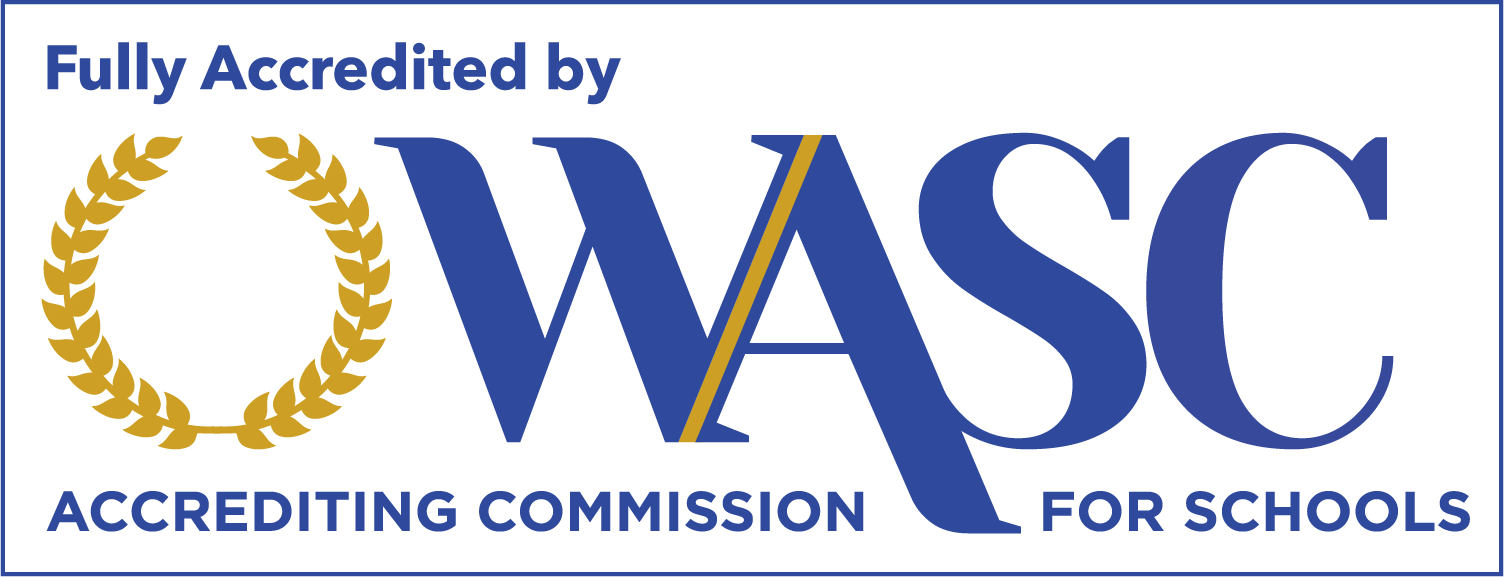How to Teach a Child With Dysgraphia: Tips for Parents and Teachers
Writing difficulties are difficult to overlook. Millions of American children struggle, yet few people understand why. In fact, 10% to 30% of school-aged children struggle with writing due to dysgraphia.
What is dysgraphia? How can you help a child with dysgraphia in the classroom? What is learning like when you have dysgraphia? Should you improve your child’s penmanship? Should you teach cursive? Answer these questions and you can help your child improve their writing skills. Here is your quick guide.
Learn About Dysgraphia
Dysgraphia is a learning disability that affects written expression and transcription. Transcription allows a child to form letters, write in a straight line, and hold a writing tool. A child may struggle to express their ideas, spell incorrectly and write too messy for others to read. In addition, a child may have dysgraphia alongside dyslexia and other learning disabilities such as ADHD which makes writing that much harder for them.
Diagnose Dysgraphia Early
Children with dysgraphia may show signs before they learn how to write. While coloring, they may hold colored pencils or crayons awkwardly. They may not be able to connect dots or draw straight lines.
They may refrain from drawing or coloring, even when teachers ask them to. Some young children also struggle with activities that require hand-eye coordination or fine motor skills. They may not build blocks, play with legos, or use scissors to cut paper.
Some children are identified with dysgraphia during elementary school. Their handwriting may be illegible because they cannot read what they wrote. They may use capitalized and lower-case letters interchangeably. They may fail to put spaces between words or use punctuation. They may not write sentences in straight lines or form letters correctly. Many children with dysgraphia also misspell words, often leaving letters out, reversing letters, or spelling phonetically.
Some children are identified in middle school. They may struggle to take notes or hand in written assignments on time. Their content may seem immature because they struggle with spelling the words they would like to write and settle for simpler ones. They may also struggle in math classes because they cannot write long equations or keep rows and columns in line.
A dyslexia specialist, therapist, or psychologist will be able to identify dysgraphia based on handwriting quality and writing speed. They also use writing assessments to determine how a child puts their thoughts into words. They examine both the quality and mechanics of writing to make recommendations on how to help.
If your child’s oral expression exceeds their written expression and they struggle with the mechanics of writing, they may have dysgraphia.
Improve Your Child’s Fine Motor Skills
Your child can build their fine motor skills over time. Strengthening the muscles in your child’s hands, wrists, and arms will help with writing. To do so, they can perform planks, crab walking, and rope climbing.
Ask your child to play with clay. They can make letters with the clay or etch letters into the clay’s surface. They can also practice pinching. They can use pinching tools like tweezers to pick up small objects. They can play board games that require them to move pieces with their fingertips.
Teach your child how to type on a keyboard. However, some children may find it difficult to coordinate their finger placement. Allow a child to type in a way that makes them comfortable, and let them hand in typed assignments if their handwriting is illegible.
If their hands feel sore from holding a pencil, they should take a break to stretch. As they build their hand muscles, they will be able to endure longer periods of writing.
Provide Organizational Tools
Many children with dysgraphia benefit from visuals. When writing an assignment, they can use a checklist to see what they need to do during the assignment. They can also use a story map or a graphic organizer to lay out what they need to write.
Some children prefer to visualize things in their heads. They may find that writing on a graphic organizer hurts their hand or takes too long. Help your child make a mind map using visuals to represent words and mnemonics to memorize long sentences or complex concepts.
Give your child extra time to proofread their assignment and fix their errors. Allow them to use a spell checker to correct their spelling mistakes and fix any hard-to-read words.
Adopt a structured literacy approach in class. Explicitly teach spelling rules and explain how their meanings change within sentences. It would help if you also gave factual explanations for why language works in the ways it does.
Teach Cursive and Block Writing
Often students are not explicitly taught how to form letters, the direction they face, and where to start forming the letters. This can cause confusion for dysgraphic students. Explicitly teaching directionality and formation is important to improve penmanship.
In addition, research shows that learning cursive is beneficial for dysgraphic learners. While many schools no longer teach cursive, it is helpful for struggling writers to learn. Cursive writing joins letters together in a flowing fashion, making writing faster.
Initially, children struggle with cursive writing. They may smudge their papers with their hands or form letters incorrectly. Providing daily lessons on cursive as well as frequent opportunities to practice will allow children with dysgraphia to master this skill.
Master How to Teach a Child With Dysgraphia
Figuring out how to teach a child with dysgraphia can take some time. Dysgraphia affects transcription, so focus on therapies that can help them build fine motor skills, correct letter formation, and directionality.
It is also helpful to use visuals so a child can roadmap their written work and envision confusing concepts. Be clear with your explanations about grammar and syntax, so your child understands concepts logically. Give them options for writing, including typing assignments and writing in cursive.
Hire educators who are experts in dysgraphia. READ Academy of Sacramento serves students with dysgraphia and other learning differences. Contact us today to learn how we can help.




